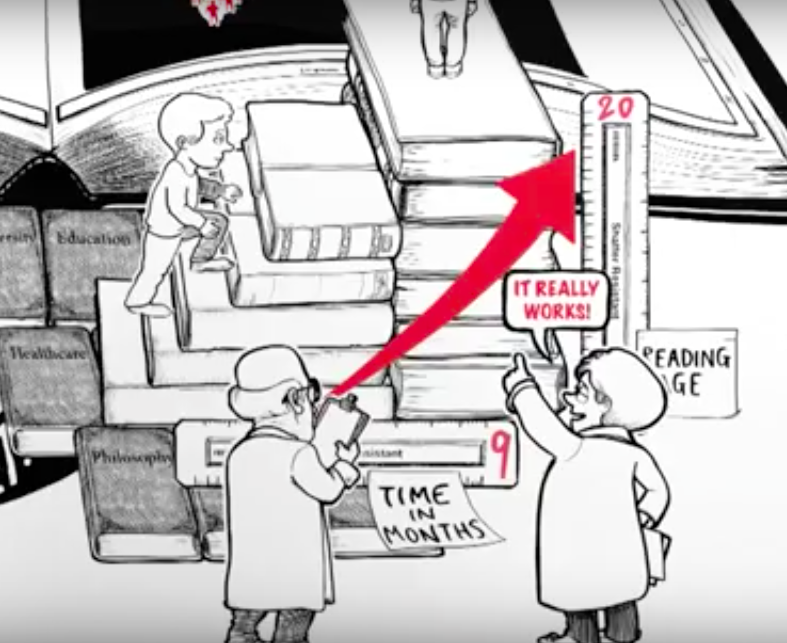
A comprehension strategy is a sequence of steps a strong reader uses to make sense of a text. When we designed the ReadingWise Comprehension resource, we wanted to make it as effective as possible. Here are 3 reasons why we embedded the explicit teaching of comprehension strategies in the programme.
1. Because the evidence says so.

There's a lot of research on comprehension strategies. The impressive York Reading for Meaning project explores various approaches and we highly recommend the book 'Developing Reading Comprehension.' This was compulsory reading for the team as we developed the resource.
As per the EEF toolkit, research into comprehension strategies is extensive:
“On average, reading comprehension approaches improve learning by an additional five months’ progress over the course of a school year. These approaches appear to be particularly effective for older readers (aged 8 or above) who are not making expected progress.”
“There is extensive evidence in this area, from a range of studies over the last 30 years.”
2. Because strong readers use strategies.
 Strong readers use a range of techniques to ‘make meaning’ from texts. Generally these techniques have never been taught, but are picked up through being read to, and through reading independently, over time.
Strong readers use a range of techniques to ‘make meaning’ from texts. Generally these techniques have never been taught, but are picked up through being read to, and through reading independently, over time.
Let’s do a quick test now. Read the passage below and notice any techniques you apply.
Illya Prigogine has demonstrated that when an ‘open system’, one which exchanges matter and / or energy with its environment, has reached a state of maximum entropy, its molecules are in a state of equilibrium. Spontaneously small fluctuations can increase in amplitude, bringing the system into a ‘far from equilibrium’ state. Perhaps it is the instability of sub-atomic particles (events) on the microscopic level that causes fluctuations on the macroscopic level of molecules.
How did you do?
A lot of people who read this text make mental notes to revisit key words. That’s because there are highly specialised words in the passage that most of us don’t know. These words prevent us from making meaning, so we need to isolate and understand them. They are 'key words'. This is a simple example of a comprehension strategy in action.
But it is thought that many struggling comprehenders can't access strategies like the one we identified above. For one reason or another, they have never learnt them and therefore comprehension strategies need to be taught explicitly. (It is worth noting that these strategies can benefit all learners, not just struggling comprehenders.)
3. Comprehension strategies travel.
Our ethos at ReadingWise is that struggling readers improve more quickly when they are empowered, when their self-esteem is improved and when they own their successes. One aspect of comprehension strategies is that they are skills, or tools, and can be applied to different situations - in maths lessons, for example. This is deeply empowering to the learner.
One of the reasons we promote the use of our comprehension skills poster is that it reinforces the use of the same terminology through the school day, anchoring and embedding strategies in the whole-class setting. This supports 'travel' - when an intervention permeates non-intervention lesson time and also helps remove any 'intervention-stigma' should there be any.
Both travel and stigma are explored in the University of Cambridge report 'Reading More Wisely' - you can download it here.
What do you think?
Do you agree with the above? What is your experience of teaching comprehension strategies? If you have the inclination, add your thoughts to the comments below!








